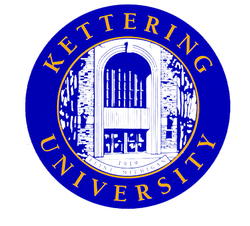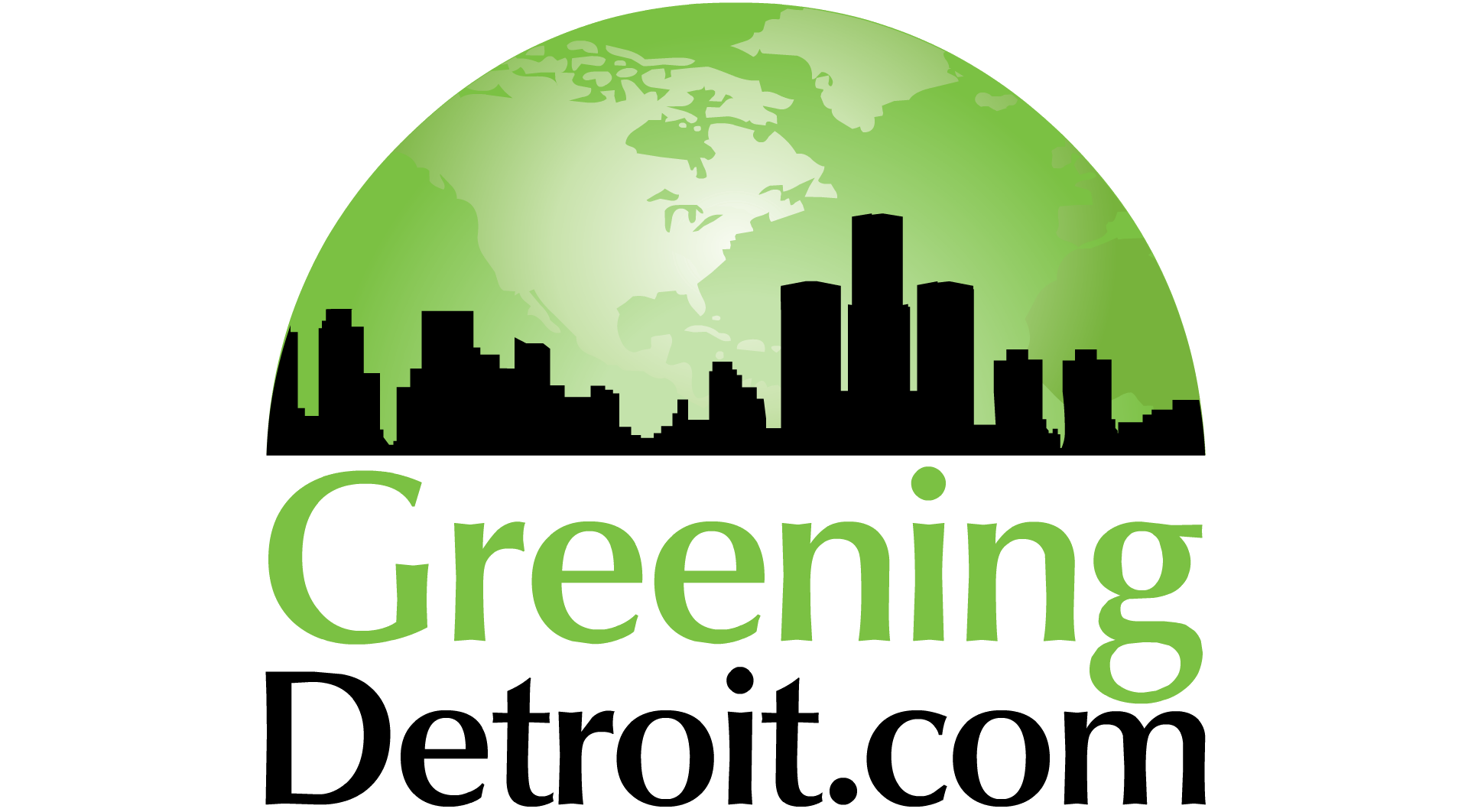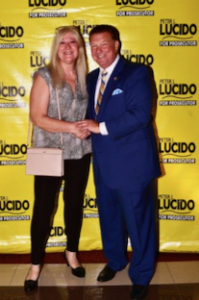 At first glance the plastic container looks similar to a lunch box. It’s tupperware with two latches connecting the top, a small indent on the lid and enough width and depth inside to hold more than just a sandwich. However, the content in this container is not a sandwich. Instead, it’s three double AA batteries, a small circuit, resistors and wires connected to broken solar cells on the lid and the result is solar powered light for those living in dire rural conditions without electricity.
At first glance the plastic container looks similar to a lunch box. It’s tupperware with two latches connecting the top, a small indent on the lid and enough width and depth inside to hold more than just a sandwich. However, the content in this container is not a sandwich. Instead, it’s three double AA batteries, a small circuit, resistors and wires connected to broken solar cells on the lid and the result is solar powered light for those living in dire rural conditions without electricity.
“It has broken solar cells on top and the inside is a pretty simple circuit,” said Vanessa Robinson ‘17. “So when you flip the switch down you have light and when you flip the switch up, you’re charging.”
Robinson, a senior Mechanical Engineering major, partnered with Dr. Laura Sullivan (Mechanical Engineering), Dr. Karen Palmer (Electrical and Computer Engineering) and Mark Richardson (Industrial and Manufacturing Engineering) to collaboratively construct the simplistic solar panel design for households on the Pine Ridge Reservation in southwest South Dakota, a 3,500 square mile reservation with a population of 28,000 people. The problem: only two percent of the land is farmable.
“This is in the badlands where the soil is sandy, high in salt and you can’t grow anything,” Sullivan said.
The reservation is inhabited by the Oglala Lakota Tribe and is considered one of the poorest parts of the country. Households often consist of multiple families living in trailers without access to electricity.
“It’s a wide-open land in the middle of nowhere,” Robinson said. “They live in trailers. A lot of them are run down and it’s very poverty-stricken. They don’t have insulation or heat, and they don’t have ways of heating their homes. It’s pretty incredible that a community like that exists in America.”
Robinson and Kettering faculty collaborated to attempt to not only solve the problem of electricity on the reservation but also empower the tribe to improve its living conditions.
Creating the Prototype Solar Panel:
Robinson, a Flushing native, chose to come to Kettering after participating in the Lives Improve Through Engineering (LITE) program during the summer of her junior year in high school.
“I knew I wanted to do something that involved math and science and going through the program, I was exposed to the different branches of engineering that Kettering offers and I knew this is what I wanted to do,” Robinson said.
Upon arriving on campus, Robinson became involved with Engineers Without Borders. In her sophomore year, she was the treasurer of the organization on campus and then president for two terms in her junior year.
“I always thought it was important to give back and utilize the talents that you were given,” Robinson said.
Robinson traveled twice to Haiti (2013 and 2014) on assessment trips to improve access to water to for a rural village. The Kettering chapter of EWB took water samples, health surveys, roof measurements and gathered additional information about the area and people with the aim of improving access to water. After conducting the assessments on those two trips, Robinson and her peers decided that a rainwater catchment system would be optimal to meet their needs.
From Haiti, the group’s focus turned towards South Dakota after Sullivan experienced the struggles of the reservation as a chaperon on a church trip with high school students.
“She had the idea of bringing solar technology and introducing it to youth and women on the reservation,” Robinson said. “Studies have shown that by introducing technology to women, it’s more likely to be accepted and grow in the community.”
The idea wasn’t to distribute solar panels and contraptions but rather empower the community with the skills, technology and resources to generate renewable energy for themselves. The hope is that Sullivan and Robinson would introduce solar technology to provide light in individual households and members of the tribe would expand on the technology to meet their infrastructural needs.
Sullivan, Palmer, Richardson, Robinson and graduate student Nurudeen Huthman ‘14 worked together to create a sustainable design made up of solar cells with cosmetic defects that they could acquire cheaply. The result was a $12 solar panel kit in a plastic container that could provide a sustained amount of light for up to four days on a single charge.
“It was a collaborative effort between a lot of different groups to come up with the final design,” Robinson said. “The students on the reservation who make these could study by the light every night or the women could use it to make the crafts that they sell.”
When Sullivan and Robinson arrived at Pine Ridge in April 2015, they asked for assistance to name their solar device which proved simpler than expected. A local resident instantly, without hesitation, named it “WihiNape” which in LaKota means “shakes hands with the sun.”
Arriving at Pine Ridge:
In late April 2015, Sullivan and Robinson packed the professor’s car with plastic containers, solar cells, soldering irons, wiring and all the other necessary tools and equipment needed to create WihiNapes. With support from Kettering President Dr. Robert McMahan, the two traveled almost 1,200 miles from Flint to Pine Ridge with the aim of bringing light to households on the reservation. Huthman, who had accepted a job in California since embarking on this project while at Kettering, also met them in South Dakota.
The three partnered with Re-Member, a non-profit that has been working to improve the lives of residents on the reservation since 1997.
“They’ve been there for a long time. They are well trusted by the people,” Robinson said. “When we said we were working with them, it opened up a lot of possibilities. It helped break the ice and allowed us to build partnerships with residents.”
Sullivan and Robinson stayed on the reservation for 16 days and conducted three workshops with local residents interested in learning and applying the technology. The three workshops took residents through the process of creating a WihiNape while explaining the engineering behind it.
“The hope is that it plants a seed,” Robinson said. “This isn’t about coming in to teach them how to make a light box out of solar. The hope is that they learn more about solar and they start asking questions like can I heat my house with this technology? What else can I do?”
Robinson experienced a fulfilling moment at the conclusion of the program when a high school students, Jacob, one of the participants in all three workshops, mentioned that he can implement this solar technology in the community’s outhouses.
“He had the idea and desire to create a little business for himself to help his people,” Robinson said. “It was very satisfying to see the idea being accepted. I loved experiencing the students’ excitement about learning and wanting to do more.”
Continuing to Help Pine Ridge:
Robinson embarked on this project during the past term after she receiving permission to take a term off from her co-op employer, Eaton Corporation. She spent the last three months focusing on the design and implementation of WihiNapes and is currently in the process of summarizing her technical and community engagement experiences in a senior thesis.
“Eaton has been great,” Robinson said. “They are very supportive of people doing work in communities and helping others. They are a great company and I love working for them.”
Robinson wants to go back to Pine Ridge next fall to instruct a high school science teacher and her students on how to create these solar structures with the aim of further providing access to electricity and light to residents on the reservation. She also wants to empower them with the tools to develop further sustainable technologies to meet their local needs. Driven by her desire to help, Robinson’s perspective and exposure to the multiple scales of engineering has also changed.
“In engineering, there are complex things and there are simple things and it’s about learning how to make that accessible for others,” Robinson said. “No matter what skillset or background you have, it’s all about how you present it and it’s about you explain it to others. Engineering is about making technology accessible to everyone.”
Source: Kettering University



